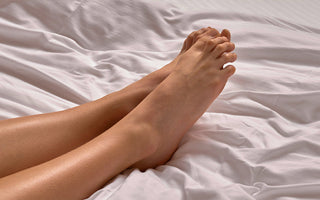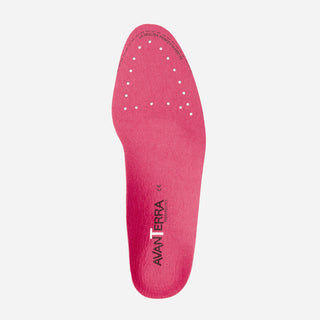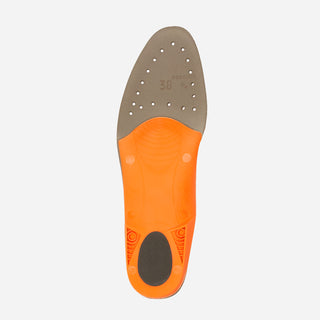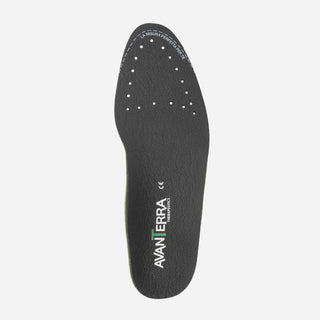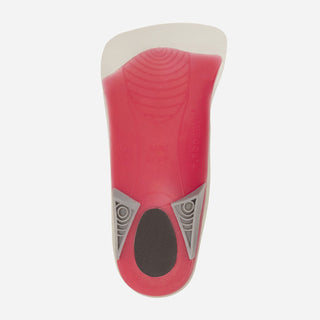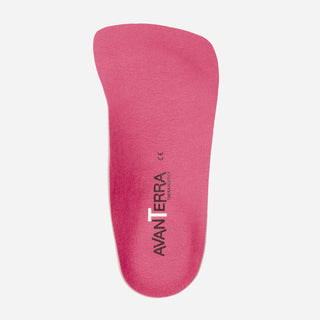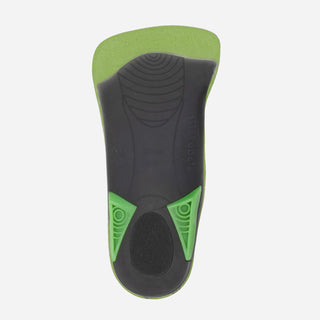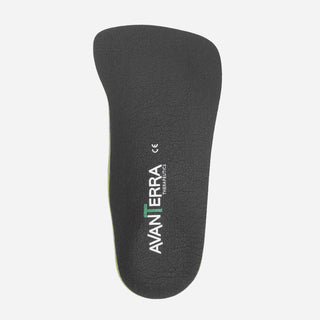Plantar heel spur is a problem that affects approximately 20% of the Italian population: a fairly common disorder, especially among the elderly and overweight people.
This condition, also called osteophyte or heel spur, involves a change in the heel bone, which takes the shape of a thorn . The formation of this bony protuberance occurs especially in the lower part of the heel and manifests itself with intense and sudden pain.
Plantar heel spur can be diagnosed with a simple x-ray of the foot. Depending on the severity of the disorder, conservative treatment may be possible. What are the remedies for heel spur ? In this article, we will analyze the symptoms, causes, and possible solutions to this problem.
Main causes and related issues
Plantar heel spurs generally form very slowly. The main cause of the onset of the disorder is a skeletal response , which adapts to the increase in forces discharged to the ground by the heel.
The disorder may be associated with other pre-existing problems, depending on the type:
- anterior heel spur , mostly located under the heel and often related to inadequately treated plantar fasciitis;
- posterior calcaneal spur , located along the back surface of the heel. It may be related to inflammation of the Achilles tendon.
Heel Spur: Symptoms of Inflammation
Symptoms of plantar heel spur vary in intensity depending on the severity of the inflammation. Typically, the disorder involves:
- a swelling in the heel , due to the inflammation present;
- a pain in the heel or heel that can be very sharp and even unbearable. The pain occurs especially in the early morning and can worsen if you stand for a long time, or if you walk on bumpy roads, run or play sports;
- a limitation of movement .
How to treat plantar heel spurs
There are several approaches and remedies for plantar heel spurs. In 80% of cases, the problem is resolved following conservative treatment . In particularly complex situations, surgery may be necessary.
Before surgery, however, for the treatment of heel spurs it is possible to obtain excellent results with:
- rest , especially during the inflammatory phase. Avoiding overloading the foot by doing physical activity or long walks can ensure significant benefits. The rest period must be followed by a long and gradual recovery period, in order to avoid any relapses;
- footwear . There are special products such as orthopedic insoles and heel cups for heel spurs . These shoes help the foot to relieve mechanical stress, allowing the heel to heal faster and better;
- anti-inflammatory and pain-relieving drugs , which must always be combined with rest;
- physiotherapy , massage therapy and postural motor re-education sessions;
- cryotherapy . In addition to specific treatments, you can also take care of your heel spur at home, using a simple cold water bottle. By applying the bag or classic ice to the area, you can combat inflammation and reduce pain;
- specific physical therapies , based on the indications of your physiatrist, including ultrasound therapy, laser therapy, shock wave therapy, tecar therapy and iontophoresis.
Heel Spur: Can You Walk?
If you experience pain or discomfort caused by a plantar heel spur, it is best to rest as much as possible. In general, you can walk to avoid completely limiting your daily activities. However, it is important to follow some advice:
- don't walk barefoot;
- avoid low shoes ;
- apply ice packs ;
- avoid exposing the area to excessively hot water;
- perform stretching exercises for the affected foot band.
